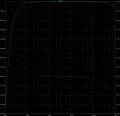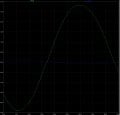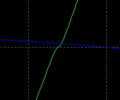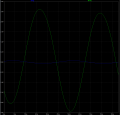I did not make any mistakes building it, but there is a lot of distortion and the reason is probably that the components do not "sit" well enough in the breadboard holes. The distortion volume/gain does not change when I adjust the volume in my smartphone, it always sounds quite loud.
I also do not have an oscilloscope to see which stage messes with the signal.
I was checking stage by stage the DC Operational Point with my two multimeters, as I was building it and everything seemed ok. Also I did a last check at the end.
Probably the sound vibrations might have caused a lot of components to jump at the vibration frequencies, which might lead to unstable connections and thus distortion.
LTSpice Project in the attachments.



Attachments
-
56.6 KB Views: 3
Last edited by a moderator:











